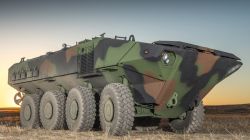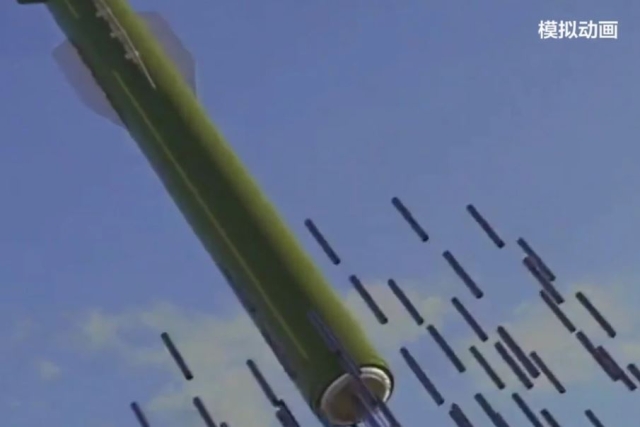US Marine Corps Selects BAE Systems, SAIC To Build Amphibious Combat Vehicle Prototype

The US Marine Corps has selected BAE Systems and SAIC to build engineering and manufacturing development (EMD) prototypes for the US Marine Corps' Amphibious Combat Vehicle (ACV) to transport troops ashore.
Designs offered by Lockheed Martin, General Dynamics Land Systems and Advanced Defense Vehicle Systems did not make it to the finalist stage.
An official statement said that each company will build 16 eight-wheeled vehicles to be tested over the next two years to replace the Marine Corps' amphibious assault vehicle. The service will then pick a winner in 2018 to deliver 204 vehicles by 2020. BAE's contract is for $103.8 million, while SAIC's is for $121.5 million.
The initial contract covers building 13 vehicles and then the Marine Corps will exercise options to build three more vehicles.
"After a very rigorous and thorough evaluation of competitor proposals, the Marine Corps will be awarding contracts to companies who clearly offer the best value selections for the Marine Corps," William Taylor, the Marine Corps' Land Systems program executive officer, told reporters, according to the US Media.
A BAE Systems statement later said that the company, along with teammate IVECO Defence Vehicles, will deliver a solution that will be built from the ground up to be an amphibious vehicle and will provide significant capability improvements to satisfy the Marine Corps’ current and future needs.
BAE Systems’ ACV 1.1 solution is an 8x8 open ocean-capable vehicle that is based on a platform developed by IVECO Defence Vehicles. It is equipped with a new 6-cylinder, 700HP power pack, which provides a significant power increase over the current Assault Amphibious Vehicle.
The vehicle has a suspended interior seat structure for 13 embarked Marines, blast mitigating positions for a crew of three, and improved survivability and force protection over currently fielded systems.









